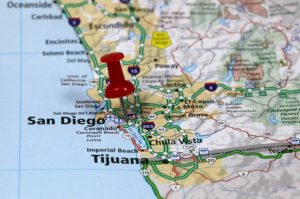
The worker operating the machine is directly involved in making the product and is a direct labor cost. In financial accounting, product costs are initially carried as inventory in the books and are reflected as a current asset in the balance sheet. Once the goods are sold, the inventory is charged to the trading account in the form of cost of goods sold. This treatment of capitalizing the costs first and then charging as an expense is in line with the matching principle of accounting. Thus, the product costs are expensed out as cost of goods fixed assets sold only when the related income from sale of goods is realized and recorded. Product costs are also often termed as inventoriable costs and manufacturing costs.
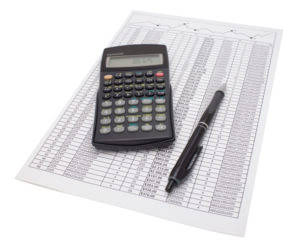
Understanding Period Costs in Accounting and Management
- If there is no production of any goods, the business will incur no product cost.
- Overhead and sales, general, and administrative (SG&A) costs are part of the period costs.
- Examples include selling, general and administrative (SG&A) expenses, marketing expenses, CEO salary, and rent expense relating to a corporate office.
- Product costs help businesses figure out how much it truly costs to make each item they sell, helping set prices for profit.
- Remember that retailers, wholesalers, manufacturers, and service organizations all have selling costs.
Some of the expenses that a business incurs have nothing to do with Bookkeeping for Consultants the production of goods at all. For example, if a business manufactures its own products, it will have to spend money to buy the materials it needs for production. The cost of maintaining the factory building where cars are assembled would be classified as an indirect expense.
- Commercial entities regularly incur different types of costs while carrying out their business activities.
- By virtue of this concept, period costs are also recorded and reported as actual expenses for the financial year.
- In this guide, we’ll define the similarities and differences between product and period costs so that you can keep better track.
- Product costs are treated as inventory (an asset) on the balance sheet and do not appear on the income statement as costs of goods sold until the product is sold.
- Period costs include selling expenses and administrative expenses that are unrelated to the production process in a manufacturing business.
Examples of Product Costs and Period Costs
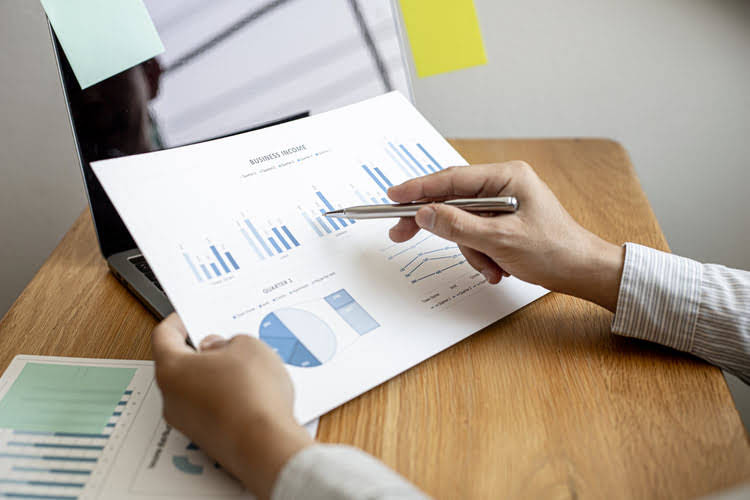
Product costs are costs necessary to manufacture a product, while period costs are non-manufacturing costs that are expensed within an accounting period. One unique aspect of product costs is their treatment as assets until the product is sold. Instead of being immediately expensed, product costs are capitalized, meaning they are recorded on the balance sheet as an asset. It’s only when the product is sold that these costs are transferred to the Cost of Goods Sold (COGS) category on the income statement.
Test Your Understanding
- Instead, they’re related to the passing of time and any time-based expenses like utility bills and rent.
- These materials can include items such as wood, metal, or fabric, depending on the industry.
- It digitizes your entire business operations, right from customer inquiry to dispatch.
- Since the expense covers a two year period, it should be recognized over both years.
- See it in action with a 15-day free trial or spare a spot at our weekly public demo to have your questions answered.
When the product is sold, its cost is removed from inventory and will be included on the income statement as the cost of goods sold. D. These costs could be related to the corporate office and administrative operations. They could be related to the manufacturing plant, in which case they would be a product cost and part of manufacturing overhead. All costs that are not included in product costs are referred to as period costs; costs throughout a certain manufacturing period that are not directly related to the production process.
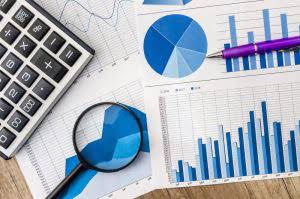
Create a free account to unlock this Template
Another critical element of product costs is direct labor, which refers to the wages paid to employees directly involved in the production process. The cost of direct labor also affects inventory valuation as it represents the value of labor input required to produce finished goods. For instance, in a furniture manufacturing company, the wages paid to carpenters constructing chairs would be what are period costs considered a direct labor cost.

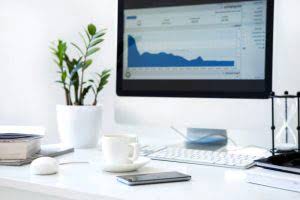
Manufacturing overhead costs are manufacturing costs that must be incurred but that cannot or will not be traced directly to specific units produced. In addition to indirect materials and indirect labor, manufacturing overhead includes depreciation and maintenance on machines and factory utility costs. From a managerial perspective, period costs play a crucial role in decision-making processes. Unlike product costs that are allocated to inventory and only recognized when the goods are sold, period costs are expensed immediately in the period they occur.
